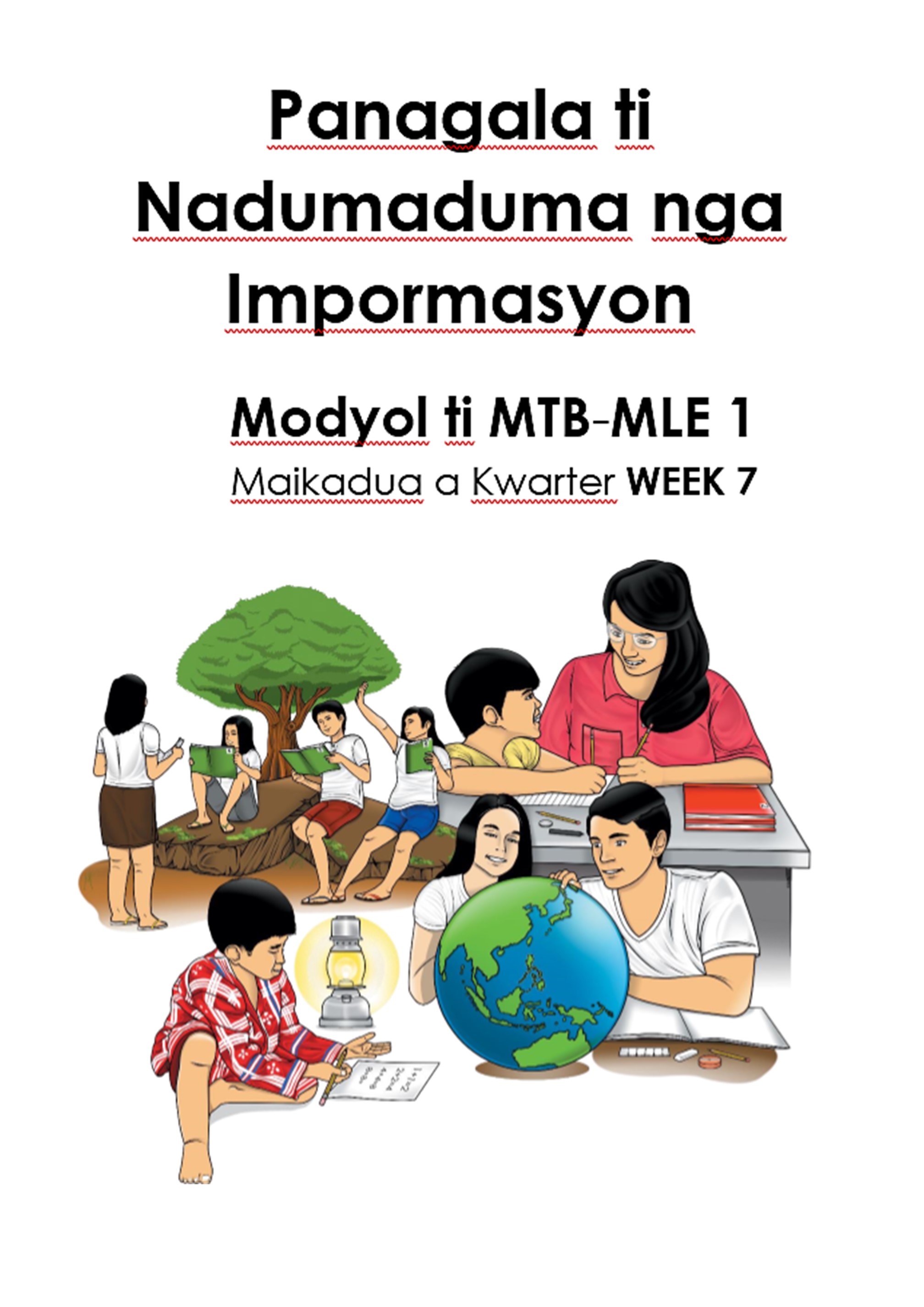
135349 ALEM ELEMENTARY SCHOOL_QUARTER 2
Get information from various sources: (pictures, illustrations, simple graphs, charts)
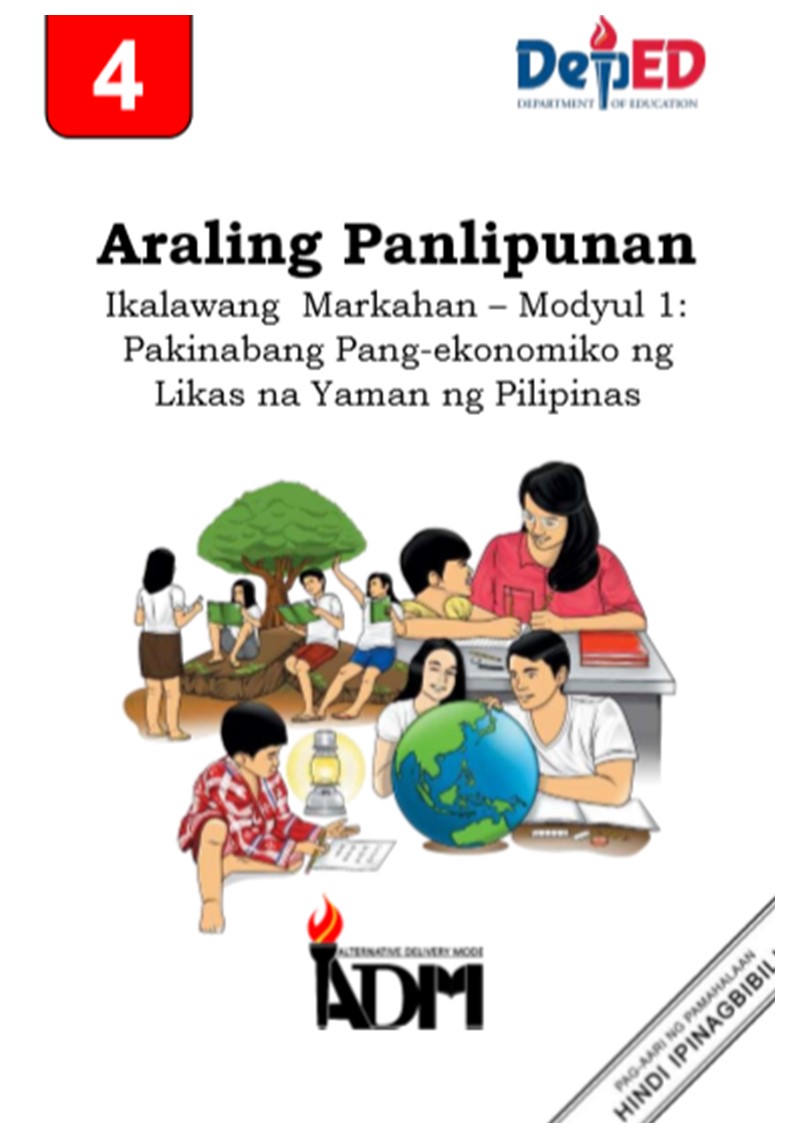
135349_ALEM ELEMENTARY SCHOOL_QUARTER2 MODULE1
Pamantayang Pangnilalaman Nasusuri ang iba’t ibang gawaing pangkabuhayan batay sa heograpiya at mga oportunidad at hamong kaakibat nito tungo sa likas kayang pang-unlad. Pamantayan sa Pagganap Ang mga mag-aaral ay nakapagpapakita ng pagpapahalaga sa iba’t ibang hanapbuhay at gawaing pangkabuhayan na nakatutulong sa pagkakakilanlang Pilipino at likas kayang pagunlad ng bansa. Pamantayan sa Pagkatuto Gabay ang modyul na ito, ikaw ay inaasahang: Naipaliliwanag ang iba’t ibang pakinabang pang ekonomiko ng mga likas na yaman ng bansa. (MELC Based Q2 WK - 1)
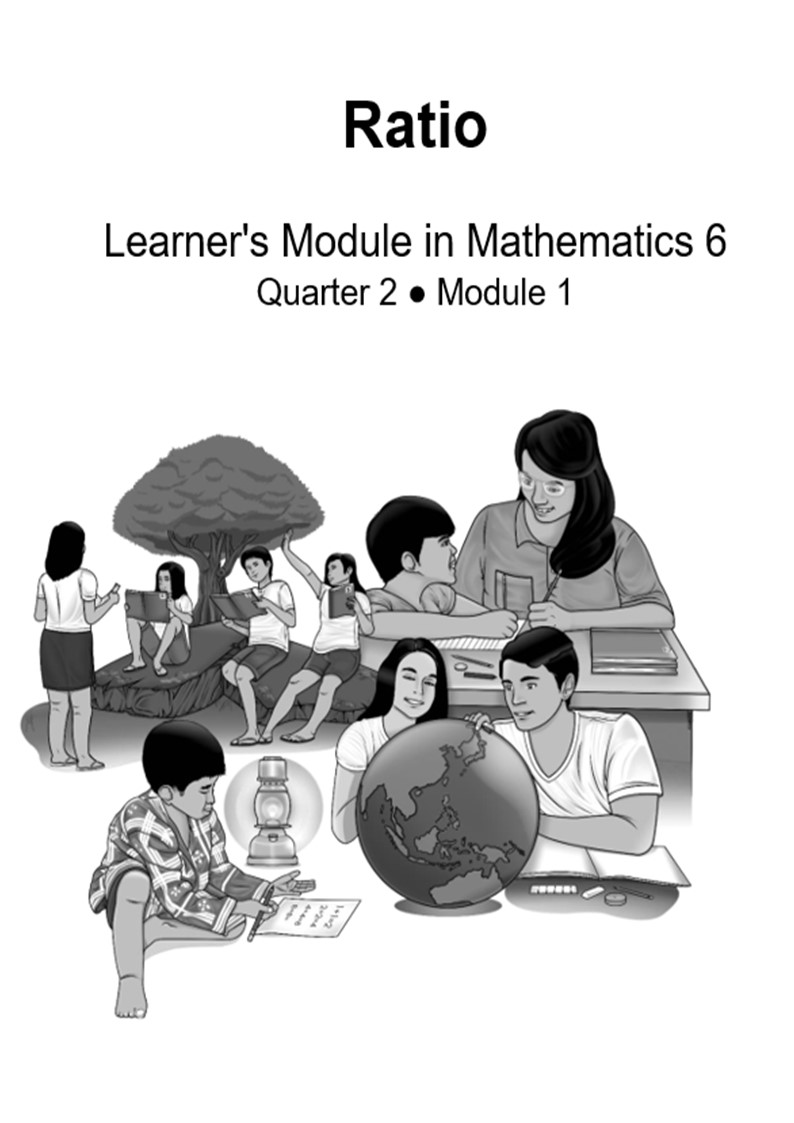
135349 ALEM ELEMENTARY SCHOOL_ QUARTER 2 M6NS-IIa-129 M6NS-IIb-131 2 MELC
At the end of the module, you should be able to:
• Express one value as a fraction of another given their ratio and vice versa
• Define and illustrate the meaning of ratio and proportion using concrete or pictorial models
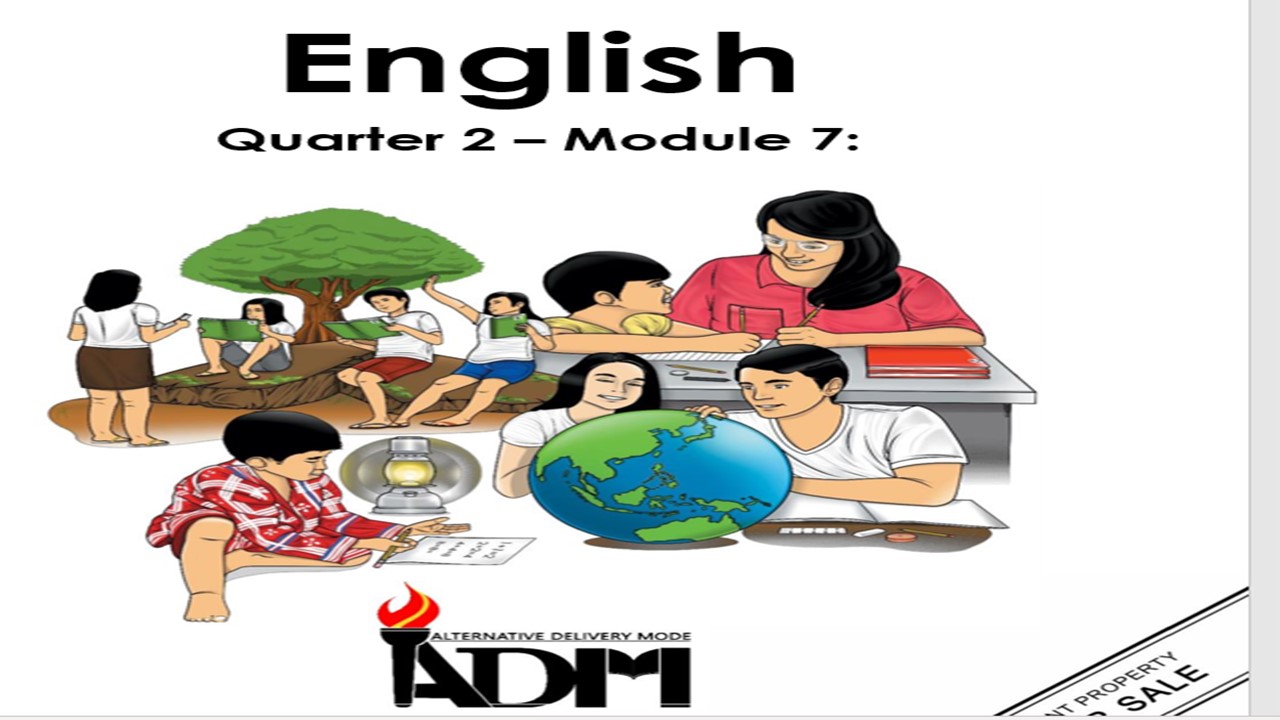
135349-_ALEM ELEMENTARY SCHOOL_Q2 MODULE 7
This module was designed and written with you in mind. It is here to help you master the commonly used possessive pronouns.
After going through this module, you should be able to:
• use the commonly used possessive pronouns in a sentence: her/hers, his/his, my/ mine, our/ours, your/ yours, their/theirs (EN3G-III e-f-4.2.4);
• write a sentence using the commonly used possessive pronouns; and
• value
ownership.

135349_ALEM ELEMENTARY SCHOOL_QUARTER 2 MODULE 7
In the previous lesson, you learned how living organisms constantly interact with the kinds of environment they have. Biotic (living) and abiotic (non-living) components in the environment interact and depend on one another. The relationship they have may cause either beneficial or harmful interactions in their environment called ecosystem. These interactions can greatly affect the way they live and move in their surroundings.
This lesson will focus on:
Lesson 1 –The effects of the interactions among organisms in their environment (S4LT-IIi-j-18)
After going through this module, you are expected to be able to: 1. describe the effects of interactions among organisms in their environment; and 2. infer the possible effects of interactions shown in situations presented.
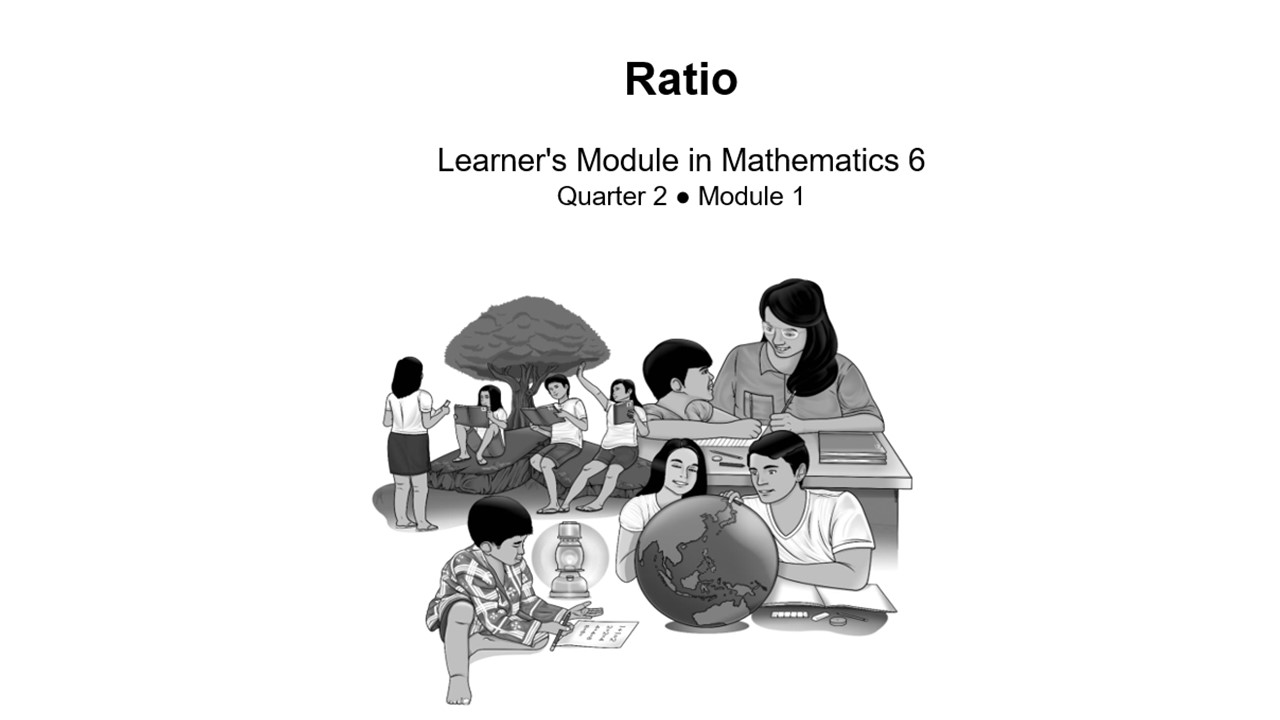
135349 ALEM ELEMENTARY SCHOOL_ QUARTER 2 M6NS-IIa-129 M6NS-IIb-131 2 MELC
At the end of the module, you should be able to:
• Express one value as a fraction of another given their ratio and vice versa
• Define and illustrate the meaning of ratio and proportion using concrete or pictorial models

135349 ALEM ELEMENTARY SCHOOL_ QUARTER 2 M6NS-IIa-129 M6NS-IIb-131 2 MELC
At the end of the module, you should be able to:
• Express one value as a fraction of another given their ratio and vice versa
• Define and illustrate the meaning of ratio and proportion using concrete or pictorial models